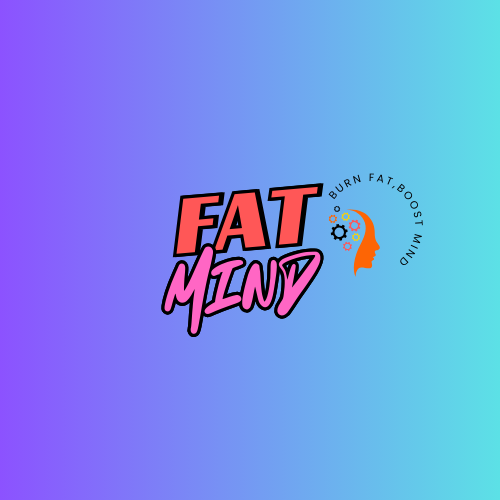Introduction: Understanding Belly Fat
Belly fat is more than just an aesthetic concern it’s a critical health marker linked to metabolic disorders, heart disease, and inflammation. But why does fat accumulate around the abdomen? And more importantly, how can we target and reduce it effectively? In this guide, we’ll break down the science of belly fat, its root causes, and proven solutions for long-term management.
What is Belly Fat? The Two Types You Need to Know
Subcutaneous Fat
This is the soft, pinchable fat located just under the skin. While it’s less harmful than visceral fat, excessive subcutaneous fat can still contribute to obesity-related health risks.
Visceral Fat
This type of fat surrounds internal organs and is linked to serious health conditions like heart disease, diabetes, and inflammation. Visceral fat is more metabolically active and harder to lose, making it the primary focus of belly fat reduction strategies.
The Science: Why Does Belly Fat Accumulate?
Hormonal Imbalances
Cortisol (Stress Hormone)
Chronic stress leads to elevated cortisol levels, which trigger fat storage, particularly around the abdomen. Stress management is crucial in reducing belly fat.
Insulin Resistance
Excessive sugar intake causes insulin spikes, making it harder for the body to burn fat and leading to increased fat accumulation in the belly.
Estrogen & Testosterone
Hormonal shifts, such as those experienced during menopause or aging, can lead to changes in fat distribution, often increasing belly fat.
Poor Diet & Nutrition
- High sugar intake and processed carbs contribute to insulin resistance.
- Diets low in protein and fiber lead to increased hunger and overeating.
- Sugary drinks and alcohol directly contribute to visceral fat accumulation.
Sedentary Lifestyle & Lack of Exercise
Sitting for long hours slows metabolism and fat-burning capacity. A lack of physical activity, especially strength training and cardio, makes it easier for fat to accumulate in the abdominal area.
Poor Sleep & Circadian Rhythm Disruptions
Inadequate sleep increases ghrelin (hunger hormone) and decreases leptin (satiety hormone), leading to overeating and poor fat metabolism.
How to Reduce Belly Fat: Science-Backed Solutions
Diet Strategies for Belly Fat Loss
- Increase Protein Intake: Boosts metabolism and reduces cravings.
- Focus on Whole Foods: Fiber-rich vegetables, lean proteins, and healthy fats aid digestion and fat loss.
- Reduce Sugar & Refined Carbs: Lowers insulin resistance and prevents fat accumulation.
Best Exercises for Belly Fat Reduction
- High-Intensity Interval Training (HIIT): Short bursts of intense exercise burn visceral fat effectively.
- Strength Training: Lifting weights improves muscle mass, boosting metabolism.
- Core Workouts: While spot reduction isn’t possible, strengthening the core improves posture and fat distribution.
Lifestyle Changes to Prevent Belly Fat Accumulation
- Prioritize Quality Sleep (7-9 hours per night)
- Manage Stress with Meditation & Deep Breathing
- Stay Active (10,000+ steps per day)
Conclusion: A Holistic Approach to Belly Fat Reduction
Reducing belly fat isn’t about quick fixes—it’s a combination of diet, exercise, stress management, and sleep optimization. By understanding the science behind fat accumulation and making sustainable changes, you can improve both your health and physique.
Next Steps:
Read More: [Best Foods for Belly Fat Loss]
Try This: [Beginner’s Guide to HIIT for Fat Loss]

